It’s About Time
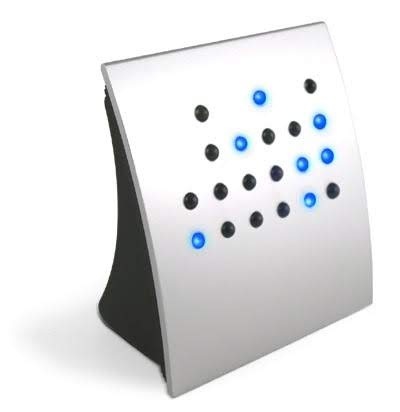
Techies love clocks.
But they don’t necessarily expect them to tell time. Clocks, and watches are given out as awards, prizes and gifts to mark special occasions. And it’s been going on as long as programmers first sat down with a bunch of punch cards to program computers the size of a small house to perform tasks your office calculator can now do.
But, why clocks?
It makes no sense really. If you think about it, every tech guy has a smart phone. “Smart” meaning it knows how to tell time.
And even better than that, every tech guy has multiple computers. And every single computer is a big clock. A really expensive clock.
But, there’s no denying that computer people (guys and girls) have a thing for clocks. Yesterday I talked about That Time I Predicted The Future. . .And I Was Totally Right! My reward for predicting the future was a cool clock that looked like a 3.5″ floppy.
A couple years ago I spoke at a conference in Salt Lake City. The speaker gift?
Of course it was a clock. This one is is “weightless.”
It’s fun to spin it and watch it like some sort of miniature blimp. Except a blimp won’t spin like that. Still very cool clock.
When I was president of RESMARK, I bought the staff a gift when we hit an important milestone. Of course, I got them clocks.
I didn’t buy one for management, so I don’t actually own one myself, but I still want one.
It probably doesn’t look much like a clock. It’s a binary clock. So, in order to read this clock you need to be able to read binary numbers. Those are the numbers where you can express any number if you just use enough zeroes and ones. Each light on the clock can be either a zero (off) or a one (on.) You then just have to read off the numbers to tell what time it is. The above clock is showing time 10:48:36.
Most people don’t set them up to display in true binary, because that would be too confusing. Instead the programmers set them up to display Binary Coded Decimal. The first two columns are the hours, the next two the minutes and the last two the seconds.
I know many of you are not computer people. You are probably looking at this and thinking
Why would anyone want one of those? That’s crazy.
Trust me, the computer people looking at this are thinking
That’s awesome. How much are they and where can I get one?
(They are $24.99 and you can order them from Thinkgeek here.)
Microsoft naturally adopted the geek-clocks theme as well. I was working for Microsoft in 1995 when they celebrated their 20th anniversary. They gave every employee a gift.
It wasn’t exactly a clock, but it was close.
As you see I never took mine out of the box. The thing was, I don’t really wear a watch. . .I have a smart phone. July 1999 was my five year anniversary at Microsoft. Naturally, the occasion was marked with a gift.
And just as predictably the gift was a clock. And here’s the really interesting thing about IT folks and clocks. We often don’t really care if the clock can keep time. My 3.5″ Floppy clock needed new batteries about every 30 days. Eventually I quit going to the trouble to replace them. My Microsoft Twenty Year Watch was a pretty cheap watch. We figured out the box was probably more expensive than the watch. My Five Year clock? It was analog and would lose about 5 minutes per month. The binary clocks? We typically didn’t bother to read them. It was enough to know we could.
So, it’s not about telling time. I think it has to do with the fact that computers are, at their hearts, time pieces. A computer that boasts a 3.8 Ghz (giga hertz) processor really means that the computer’s internal clock beats 3.8 billion times per second. Computers measure time very precisely. If a computer is set to run a process at 10:05 am, that process starts at 10:05:00.0. Not a micro second before or after. Being surrounded by machines that are literally governed by the cycles of their internal clocks, we tend to use that motif for our art and our awards.
Even “ordinary” clocks can be extraordinary. This is the clock that hangs in my office.
Yes, it goes backwards. I typically display it with a quote from Admiral Grace Hopper, one of the pioneers of Computer Science. She worked on the first computers back in the 1940’s. She invented the first compiler. She documented the first computer “bug.” (It was literally a moth that flew into the computer.) She said,
Humans are allergic to change. They love to say, “We’ve always done it this way.” I try to fight that. That’s why I have a clock on my wall that runs counter-clockwise.
So, if you have a tech geek friend and you are ever stuck for a gift, one word: clocks! (And that binary one is really cool. Trust me, he’ll like it!)
Rodney M Bliss is an author, columnist and IT Consultant. He lives in Pleasant Grove, UT with his lovely wife and thirteen children.
Follow him on
Twitter (@rodneymbliss)
Facebook (www.facebook.com/rbliss)
LinkedIn (www.LinkedIn.com/in/rbliss)
or email him at rbliss at msn dot com
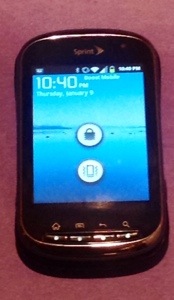
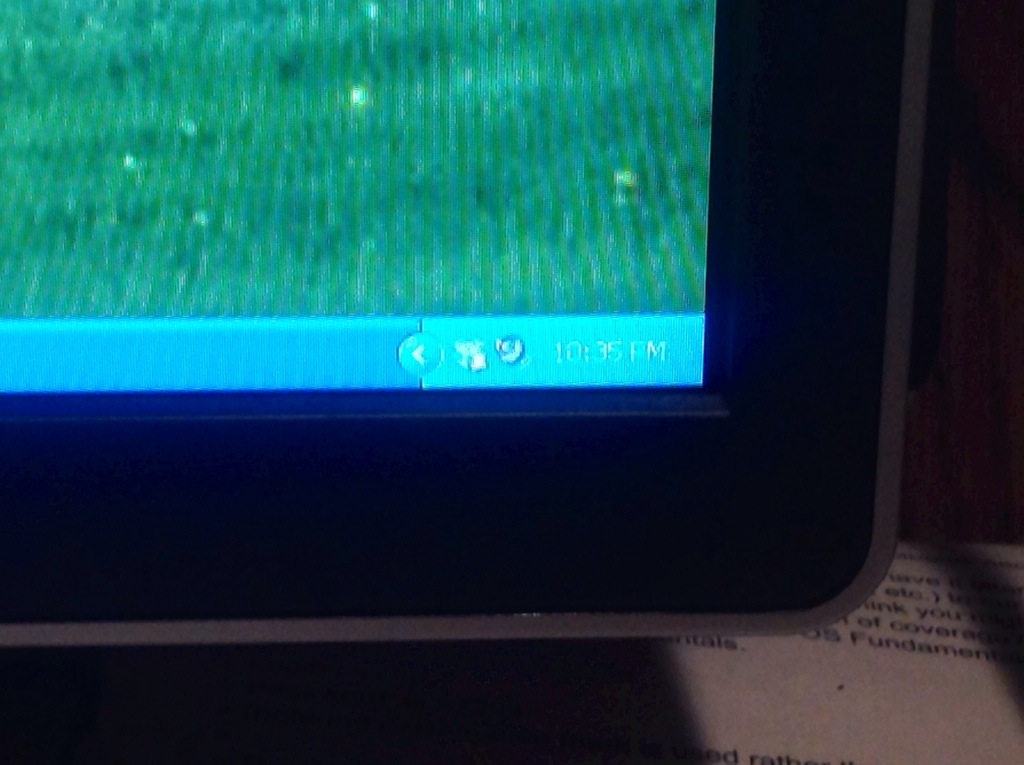
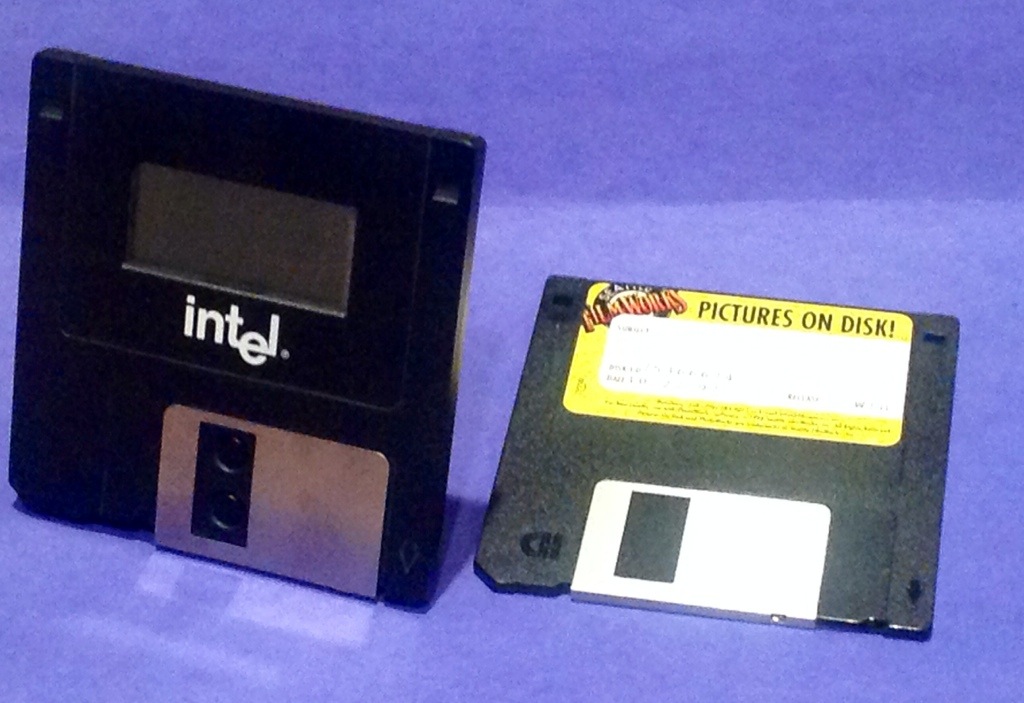
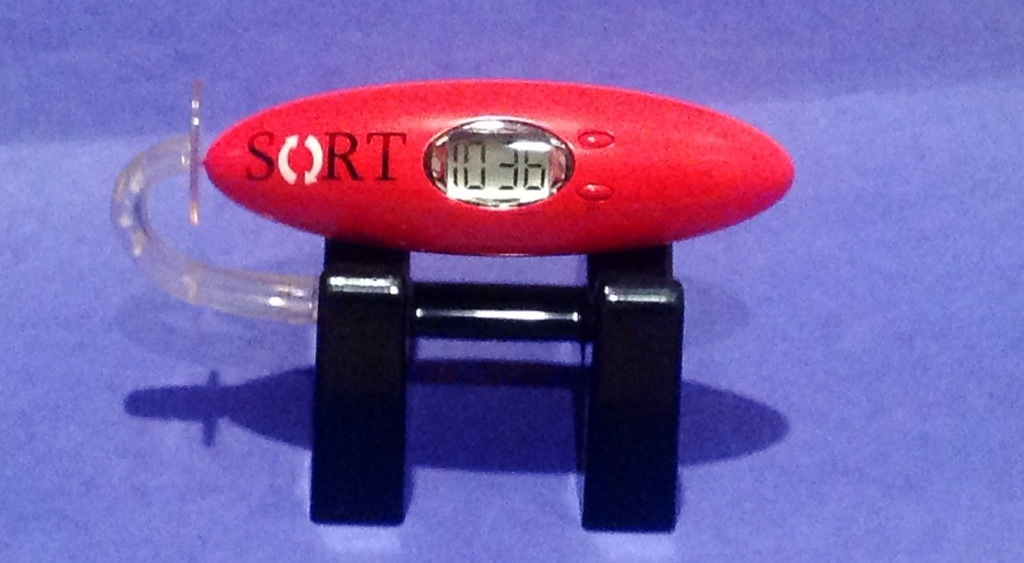

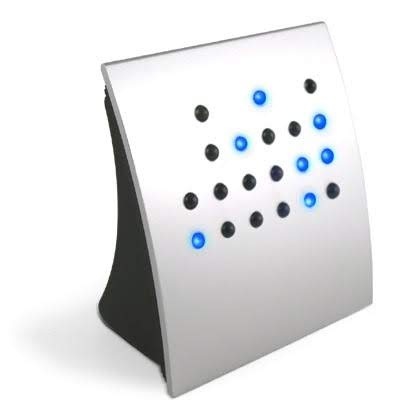
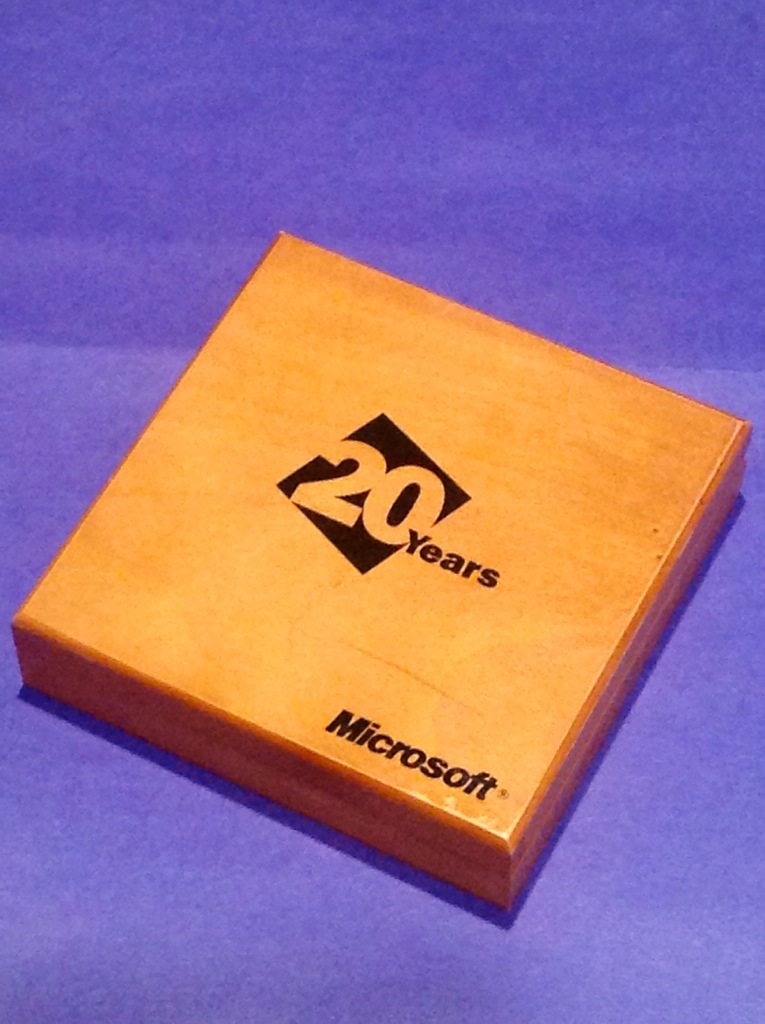

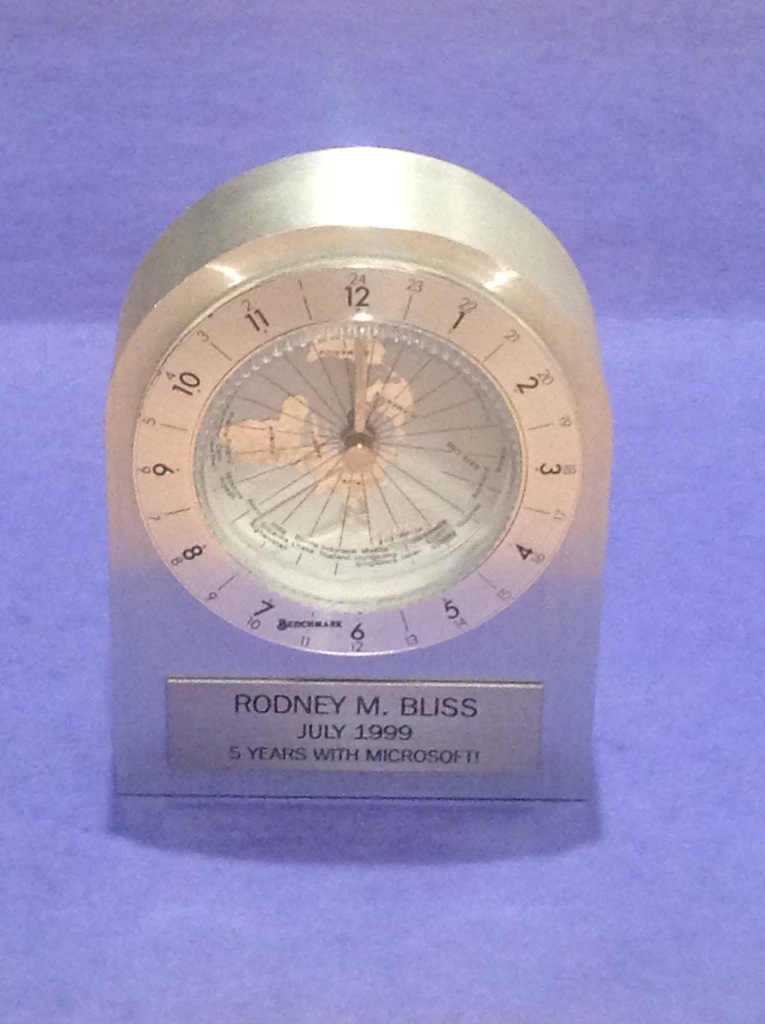
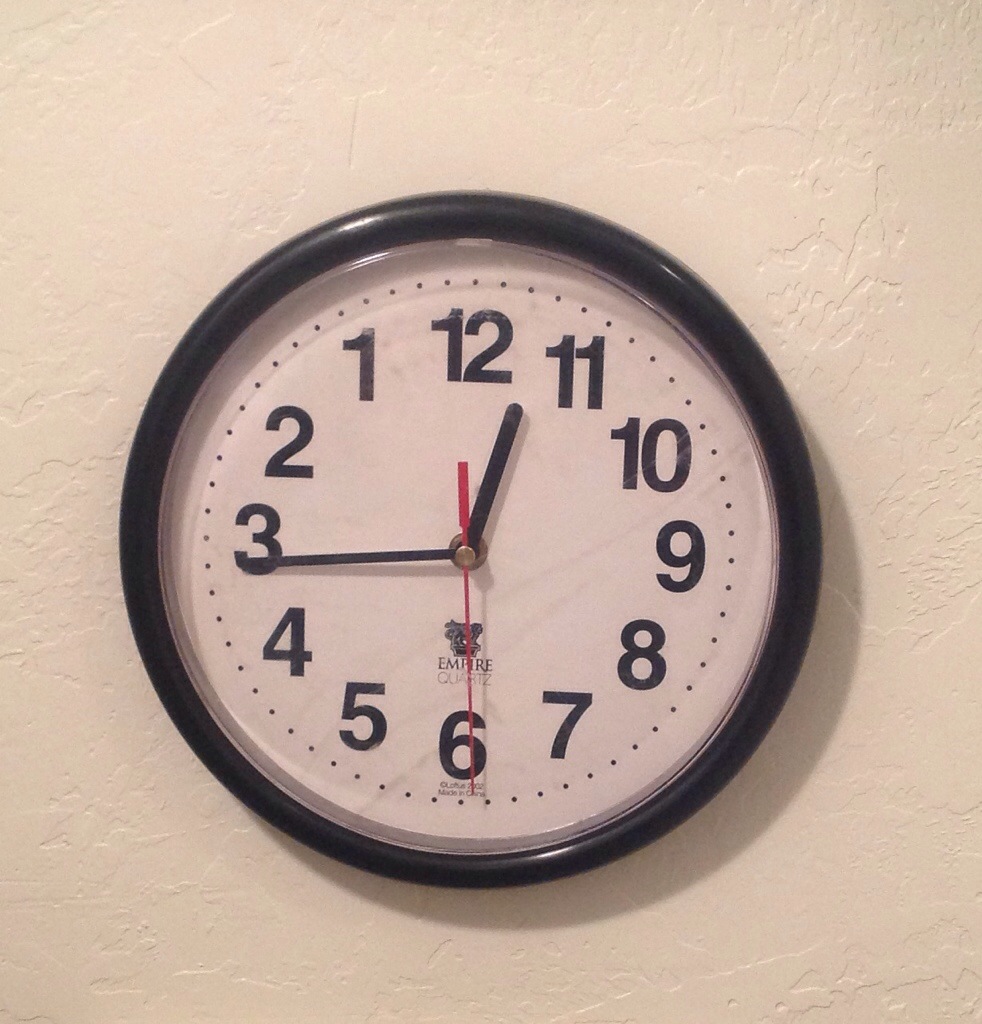

Trackbacks & Pingbacks